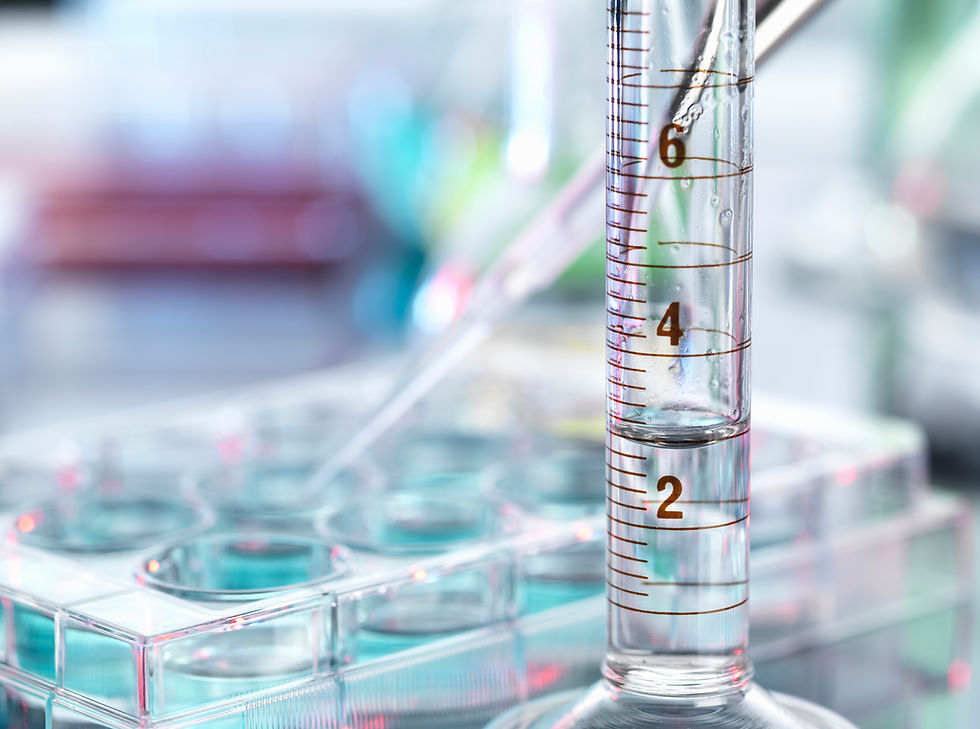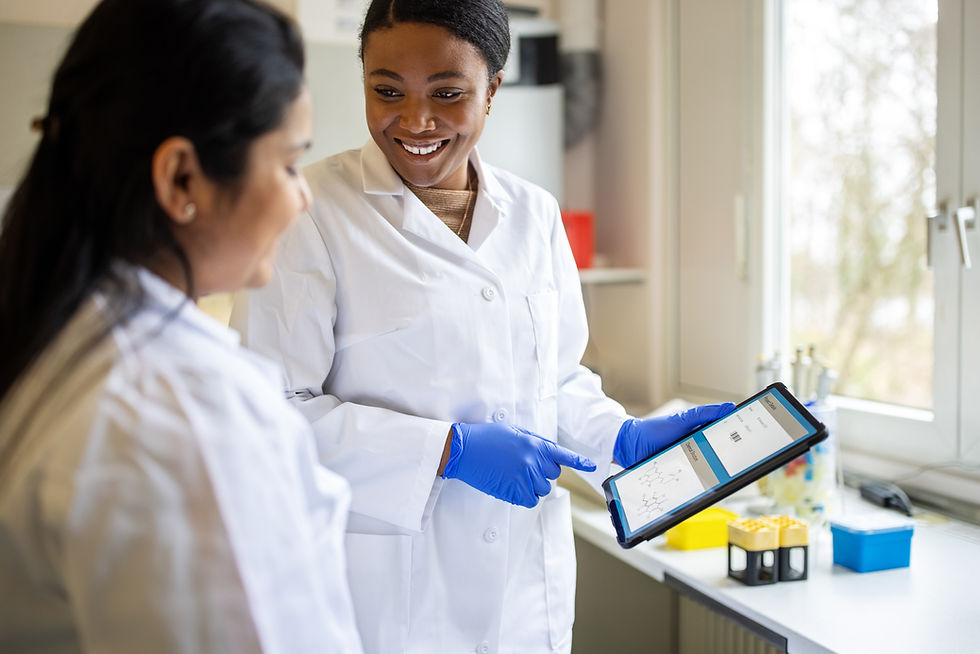Warming Up ULT Freezers: A Simple Step for Big Energy Savings
- Ben Gray
- Feb 17
- 3 min read
Updated: Aug 16
One of the most common questions I hear when discussing lab sustainability is, “Which piece of equipment in my lab consumes the most energy?” While the answer can vary depending on your specific setup, if you have an Ultra Low Temperature (ULT) freezer, it’s almost certainly at the top of the list. In fact, a single ULT freezer can use as much energy as an entire home - and many labs house rows of these freezers, each packed with valuable biological samples.
Why We Need ULT Freezers
ULT freezers are essential for scientific research. They provide the ultra-low temperatures required to slow down biochemical reactions and prevent enzymatic degradation, chemical breakdown, and microbial contamination. This is crucial for preserving tissues, proteins, blood, RNA, DNA, and even vaccines (remember the headlines about certain COVID-19 vaccines needing ULT storage?). Standard refrigerators or freezers simply can’t provide the conditions these sensitive samples demand.
The Energy-Saving Opportunity: Warming to -70°C
Despite their necessity, ULT freezers are major energy consumers. Fortunately, there’s a straightforward way to reduce their energy burden: setting them to -70°C instead of the more common -80°C. That 10-degree difference can result in energy savings of up to 30%. To put it in perspective, if you warm just three ULT freezers by 10 degrees, you could save as much energy as powering an entire household off the grid!
Historically, ULT freezers were designed to operate at -70°C, and that was the industry norm. As technology advanced, manufacturers began offering freezers capable of reaching -80°C, marketing them as providing longer sample stability and offering a wider safety margin during equipment faults. However, numerous studies - especially from UK universities - indicate that the benefits of -80°C over -70°C are minimal. With proper protocols like temperature alarms and robust inventory management, the risks at -70°C are often negligible for many sample types.
Beyond Energy Savings: Additional Benefits
Warming your ULT freezer to -70°C offers benefits that extend well beyond energy conservation:
🕰️ Extended Equipment Life
Operating at a slightly higher temperature reduces the mechanical strain on the compressor and cooling system, which can lower maintenance costs and delay the need for replacement.
🌡️ Improved Temperature Recovery
A warmer setting allows for faster recovery times following door openings or brief temperature fluctuations, helping to maintain overall stability.
❄️ Less Frost Buildup
A 10-degree increase can help prevent frost accumulation, which further improves energy efficiency.
💷 Cost Savings
Reduced energy consumption directly translates to budget savings. With access to your organisation’s energy cost data, a simple calculation can reveal significant daily savings - a persuasive figure when communicating with your team.
Ensuring a Smooth Transition to -70°C
Before transitioning to -70°C, there are a few important considerations to keep in mind. First, communicate your planned change to all stakeholders - especially the owners of samples in your ULT freezers. Some external collaborations or studies require the -80°C standard, and while moving to -70°C is feasible, it may mean updating documentation or notifying partners to ensure that no study is compromised. Understandably, this change can sometimes face resistance, but there are plenty of resources and data banks available to support the safety of shifting to -70°C.
Supporting Resources and Next Steps
For those interested in learning more, My Green Lab has an excellent resource dedicated to this topic. Their page, -70°C is the New -80°C, provides links to publications, studies, and data from their annual freezer challenge. If you have samples or data that aren’t covered by these publications, consider conducting a comparative study between -80°C and -70°C. Sharing your findings can help others in the community make informed decisions.
Even if a full transition to -70°C isn’t immediately possible, any incremental increase within this range can still yield meaningful energy savings. Each degree counts, so setting your freezers to -75°C, for example, can serve as a valuable transitional step. Many labs have successfully adopted such intermediate adjustments to gather data and build confidence before making the complete switch.
Action of the Week:
Where it’s safe and feasible, set your ULT freezers to -70°C. It’s a simple change that not only saves energy but also extends the life of your equipment and contributes to significant cost savings over time.
Stay tuned for future blogs where we’ll dive deeper into additional strategies for improving the efficiency of cold storage - from regular maintenance checks to smarter inventory management. Let’s work together to make our labs both sustainable and cost-effective.



Comments